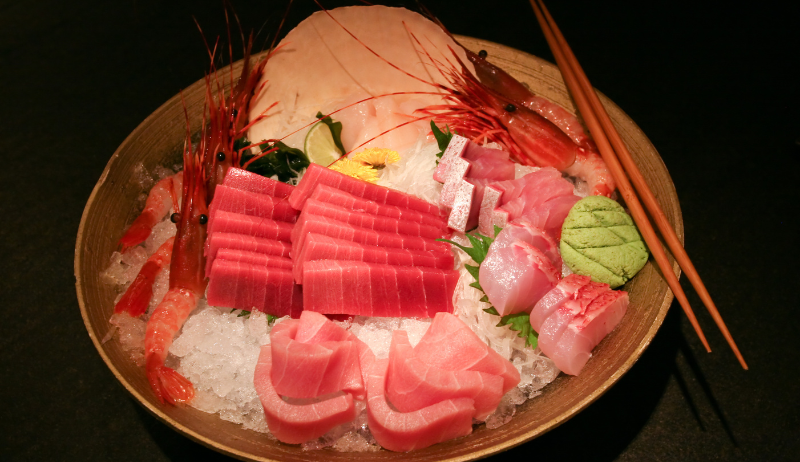The $500,000 Tuna: Why Your Sushi Could Soon Get Much More Expensive
January 15, 2025

The $500,000 Tuna: Why Your Sushi Could Soon Get Much More Expensive
Imagine sitting down to enjoy your favorite sushi roll, only to discover that the price has skyrocketed. What could possibly justify such a dramatic increase? The answer lies in an ongoing revolution in the global seafood industry, where new international standards for yellowfin tuna exports are shaking up the status quo and reshaping the culinary landscape.
The Sushi Crisis No One Saw Coming
Yellowfin tuna, often referred to as "ahi," is a cornerstone of many sushi dishes. For decades, this prized fish has been a staple on menus worldwide. However, what most sushi lovers don’t know is that the industry has long operated under surprisingly lax regulations. This lack of oversight allowed significant quality discrepancies and sustainability issues to go unnoticed—until now.
In 2024, a coalition of international regulatory bodies introduced stringent new standards for yellowfin tuna exports. These measures aim to address long-standing problems in the industry, but they are also creating ripple effects that extend far beyond the fishing docks.
Revolutionizing Tuna Standards
These new regulations represent a monumental shift for the industry. Here’s what they entail:
- Temperature Monitoring: Advanced systems now track the temperature of each fish from the moment it is caught until it reaches the consumer, ensuring optimal freshness.
- DNA Testing: To prevent mislabeling, advanced DNA testing is mandatory to verify the species of each tuna.
- Traceability: Every tuna must be traceable to its exact point of capture, a requirement designed to combat illegal fishing practices.
- Specialized Equipment: Handling protocols now mandate the use of high-tech equipment, with costs that can exceed $50,000 per operation.
Maria Rodriguez, a third-generation tuna exporter from the Philippines, likens the changes to "switching from a bicycle to a Tesla overnight." For many small-scale operations, the financial burden of compliance is overwhelming.
Why It Matters: Beyond Your Sushi Plate
The impact of these regulations is being felt far beyond the sushi industry. While some see the changes as a crisis, others view them as an opportunity:
- Environmental Benefits: The new tracking systems are providing scientists with unprecedented data on tuna migration patterns, potentially revolutionizing marine biology research.
- Innovation Boom: Tech startups are racing to develop affordable solutions for small-scale fishers, spurring a wave of innovation in maritime technology.
- Market Shifts: Developing nations like Indonesia and the Philippines are positioning themselves as leaders in sustainable fishing, potentially reshaping the global seafood trade.
The $500,000 Question
One of the most startling predictions is that premium yellowfin tuna could soon fetch up to $500,000 at auction—prices previously reserved only for bluefin tuna. Such figures underscore the growing exclusivity of high-quality seafood.
"What looks like a crisis today could be our salvation," says Dr. Sarah Chen, a marine economist at the Pacific Ocean Institute. "These standards are forcing the industry to confront sustainability challenges that have been ignored for far too long."
What This Means for Diners
Sushi lovers might see noticeable price increases at premium restaurants. However, these changes are also driving innovation in the culinary world. Chefs are experimenting with alternative fish species, creating new dishes that are both sustainable and delicious.
Chef Hiroshi Tanaka, owner of the three-Michelin-starred Sushi Zen in Tokyo, says, "We might have to reinvent our menu, but this is an opportunity to explore new flavors and techniques."
A Silver Lining
Despite the challenges, there are promising developments. For instance, countries like Indonesia are benefiting from the emphasis on sustainable practices, enhancing their reputation in the international market. This shift could lead to greater economic opportunities for local communities while promoting marine conservation.
The Road Ahead
The new standards are a turning point for the seafood industry. As the world adapts to these changes, the question remains: Will these measures lead to a more sustainable future or simply make premium sushi an unattainable luxury?
One thing is certain—your next spicy tuna roll will come with a story as rich as its flavor.

 English
English Chinese
Chinese